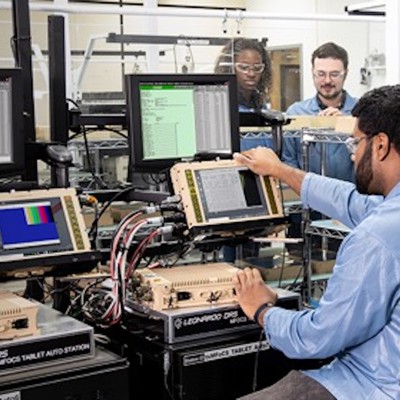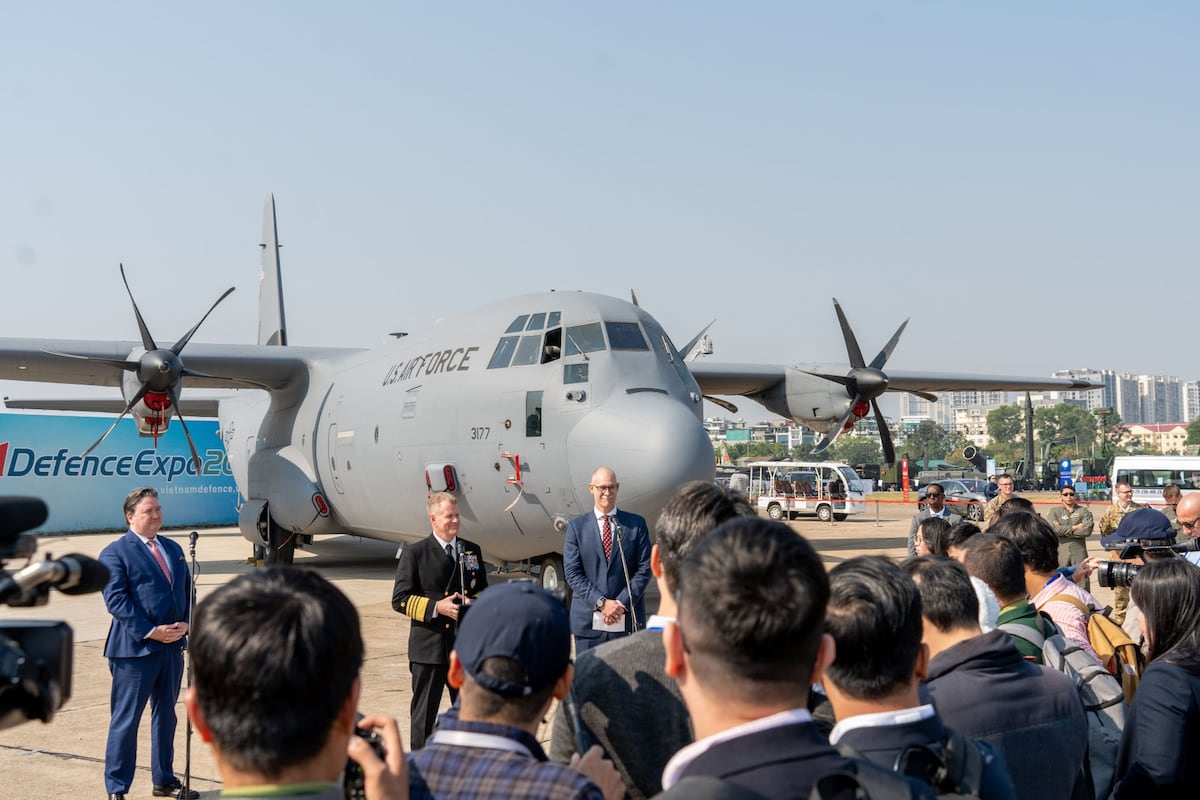At Defense News’ Annual conference on September 4th, the Honorable Christine E. Wormuth, Secretary of the Army, stressed the importance of investments in unmanned aerial systems (UAS), counter-unmanned aerial systems (C-UAS) and electronic warfare. The emergence of UAS, C-UAS and electronic warfare in recent years is no fluke; the attributable, cost-effective nature of drones has enabled smaller countries like Ukraine to defend their territories against larger territorial aggressors like Russia. In the Middle East, radars are helping the Israeli Defense Forces defend against inbound missiles that could pose a threat to the health and safety of its people.
Both wars have made it apparent that the nature of warfare is changing. U.S. adversaries use novel, inexpensive commercial capabilities to challenge and stress test existing U.S. capabilities. Defending and deterring at scale will require further investment in leading-edge capabilities that enable our Armed Forces to achieve overmatch advantage.
“Threats are changing rapidly,” said Leonardo DRS’ Chief Operating Officer, John Baylouny. “We would all like a silver bullet that could bring down any threat, but that’s not a reality. We must continuously adapt our capabilities and address threats as they evolve.”
Whether that looks like fielding high-powered energy lasers or kinetic weapon systems, the future of force protection relies on outpacing threats.
“We try to move as fast as we can and show our customers what’s possible,” Baylouny said. “For example, on the M-LIDS program, we were tasked to provide a two-vehicle solution but realized that we could improve the system, so we invested to consolidate those capabilities onto a single Stryker platform, increasing mobility, adaptability and survivability, and we were able to test a mission-ready system within a year.”
Agile delivery across the defense industrial base (DIB), academia and the Department of Defense will be crucial to meeting tomorrow’s threats and saving lives. However, traditional development cycles are out of sync with the future of warfare. DIB leaders must move faster, but how?
“What we do is look at our products, our technologies, and see where we may have a gap, capabilities-wise. To fill those gaps, we look outside and partner with peer companies to bring best-of-breed capabilities to our warfighters as quickly as possible,” Baylouny explained. “We’re not shy about saying they’ve got a capability that we don’t. We’ll bring it into our system and integrate it and this enables us to bring that best-of-breed system as quickly as possible in order to save lives. This is how we were able to push out the M-Shorad and M-LIDS program; we created a coalition of partners.”
By establishing alliances, looking at emerging threats and leveraging cutting-edge technologies, the DIB can modernize traditional development lifecycles. As other organizations look to sync existing capabilities with the future of warfare, Leonardo DRS is already building future-forward systems. The company is investing in electronic warfare, directed energy and other modalities designed to enhance advanced sensemaking on the battlefield, so that when the U.S. Army is under attack, individual warfighters will be able to sense, make sense and adapt to the challenge at hand.
Read the full article here








Leave a Reply